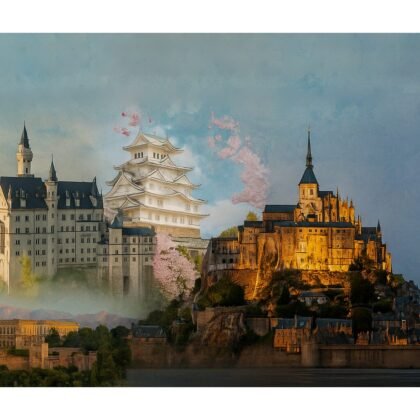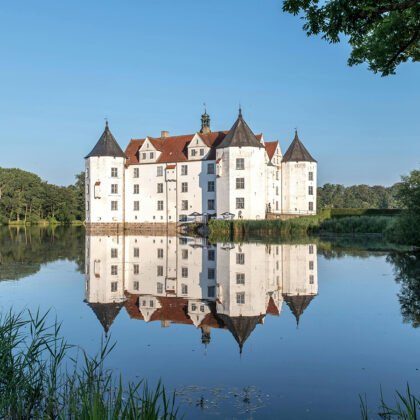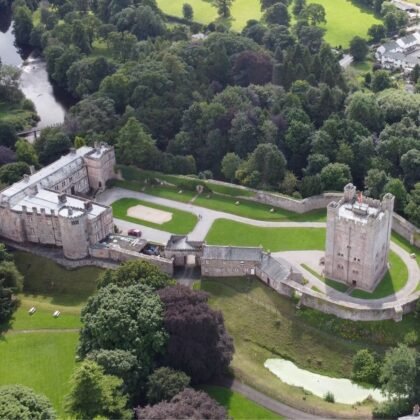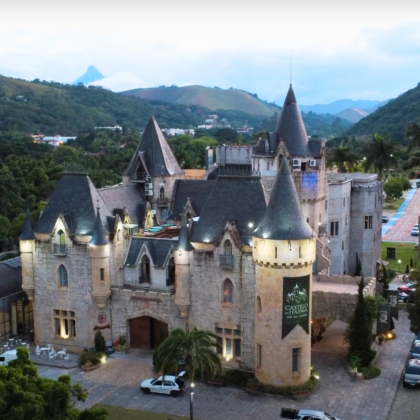Paronella Park Castle feels like something out of a daydream. Hidden in the tropical forests of North Queensland, the old stone walls are covered in moss, and waterfalls tumble through the gardens. Walking the winding paths, you’ll find romantic ruins, bridges, and secret nooks that seem made for fairy tales. There’s a sense of wonder in the air, and every visitor leaves with their own favorite memory.
Quick Facts
📍 Location: Mena Creek, Queensland, Australia
🏗️ Construction Period: 1930–1935
🏰 Architectural Style: Spanish-inspired tropical fantasy
🎭 Famous For: Rainforest castle, waterfall, hydroelectric system, love story
👑 Notable Figures: José and Margarita Paronella
🏆 UNESCO Status: No
🌐 Official Website: https://www.paronellapark.com.au/
Map
Historical Context
Paronella Park’s story starts with a Spanish immigrant named José Paronella, who arrived in Australia in the early 1900s with big dreams. After years of hard work, he bought land beside Mena Creek Falls and began building his fantasy castle in the 1930s—using concrete, imagination, and help from locals. The park quickly became a gathering place, filled with gardens, a ballroom, bridges, and even Australia’s first private hydroelectric plant. Over the decades, Paronella Park weathered cyclones, floods, and changes in ownership, but the spirit of José’s dream never faded. Today, the park is a much-loved destination, with the ruins and gardens offering a unique slice of tropical Australian history and creativity. Visitors still sense the heart and hope that José poured into every stone and path.
Gallery
Visiting Information
🗓️ Best Time to Visit: May to October (dry season in North Queensland).
🗺️ Location Perks: The castle sits beside Mena Creek Falls, creating picture-perfect views from every angle.
⏳ Estimated Visit Duration: Plan to spend 2–3 hours exploring the castle, gardens, and rainforest trails.
💡 Visiting tips: Take the guided tour—stories of the park’s founder add real magic to the ruins.












